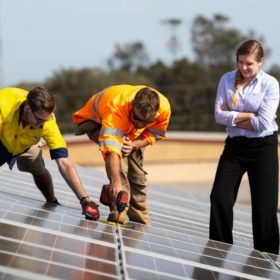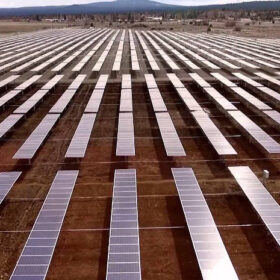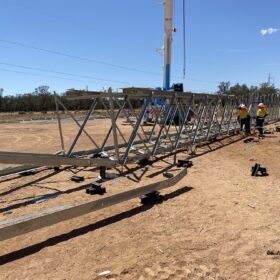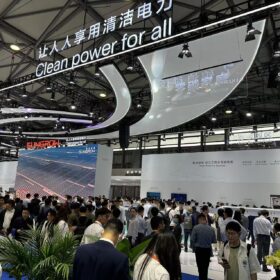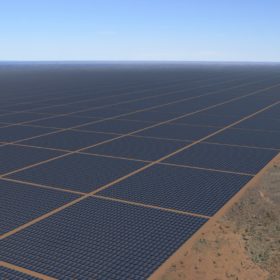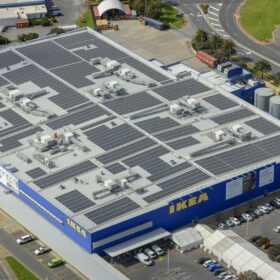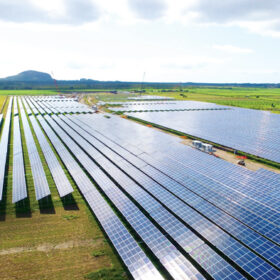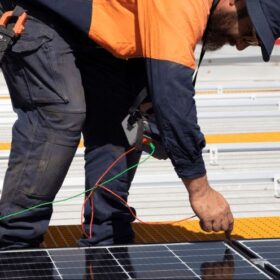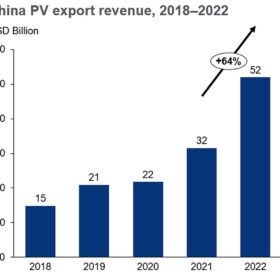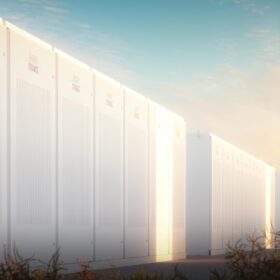Regulator seeks to disqualify installer from SRES, prosecutes Queensland company
The Clean Energy Regulator has, for the first time, sought to disqualify a solar installer from the small-scale renewable energy scheme (SRES), effectively Australia’s solar rebate program. It has also commenced civil proceedings against a solar and electrical installation company and its two directors.
Energy majors dominate list of world’s leading big PV developers
Wiki-Solar’s latest league table of utility-scale solar project developers shows that only six renewable specialists occupy the top 20 spots.
Minister provides stamp of approval for VNI West powerline plan
The Victorian government has signed off on a preferred development plan for the contentious VNI West transmission project that will connect the Victorian and New South Wales electricity grids and promises to unlock upwards of 3.4 GW of new renewable generation capacity.
Unprecedented numbers, size, market growth for China’s SNEC show
The world’s largest solar event has expanded to accommodate the remarkable growth of China’s PV industry, which remains unfazed by future oversupply and international competition. Analysts and market players say Chinese PV demand could reach 130 GW.
Cannon-Brookes, Quinbrook consortium secures Sun Cable
A consortium led by tech billionaire Mike Cannon-Brookes’ Grok Ventures and including green energy investment manager Quinbrook Infrastructure Partners has been successful in acquiring the giant $35 billion Sun Cable renewable energy project.
Epic Energy launches Australia’s largest commercial microgrid
Australia’s largest grid-connected urban microgrid has been officially commissioned with a new rooftop solar-powered system atop Swedish homewares giant Ikea’s Adelaide store already delivering more than 70% of the store’s energy needs and providing grid support for the South Australian network.
IEA report reveals shift to clean energy accelerating
Solar has been described as the “star performer” by the International Energy Agency which has forecast that global investment in clean energy is on course to rise to $2.61 trillion (USD 1.7 trillion) in 2023, with spending on solar set to eclipse outlays on oil for the first time.
Funding confirmed for 3 GW green hydrogen project
Australia’s push to become a green hydrogen superpower has gained new momentum with the federal and Queensland governments teaming with consortium partners to deliver $117 million (USD 76 million) to progress a 3 GW renewable hydrogen project being developed near Gladstone on the central Queensland coast.
Victoria introduces dynamic export rule for rooftop solar
The rise of rooftop solar in Victoria will see all new inverters installed under the state government’s solar and battery rebate programs soon required to be technically capable of remotely updating and enacting dynamic export limits to allow network companies to manage the export of rooftop solar back in to the grid.
Chinese solar exports rose by 64% in 2022, says Wood Mackenzie
China exported 154 GW of PV modules, 24 GW of solar cells, and 41 GW of wafers in 2022. In 2026, annual cell and wafer exports could hit 230 GW and module shipments could reach 149 GW, according to Wood Mackenzie.
